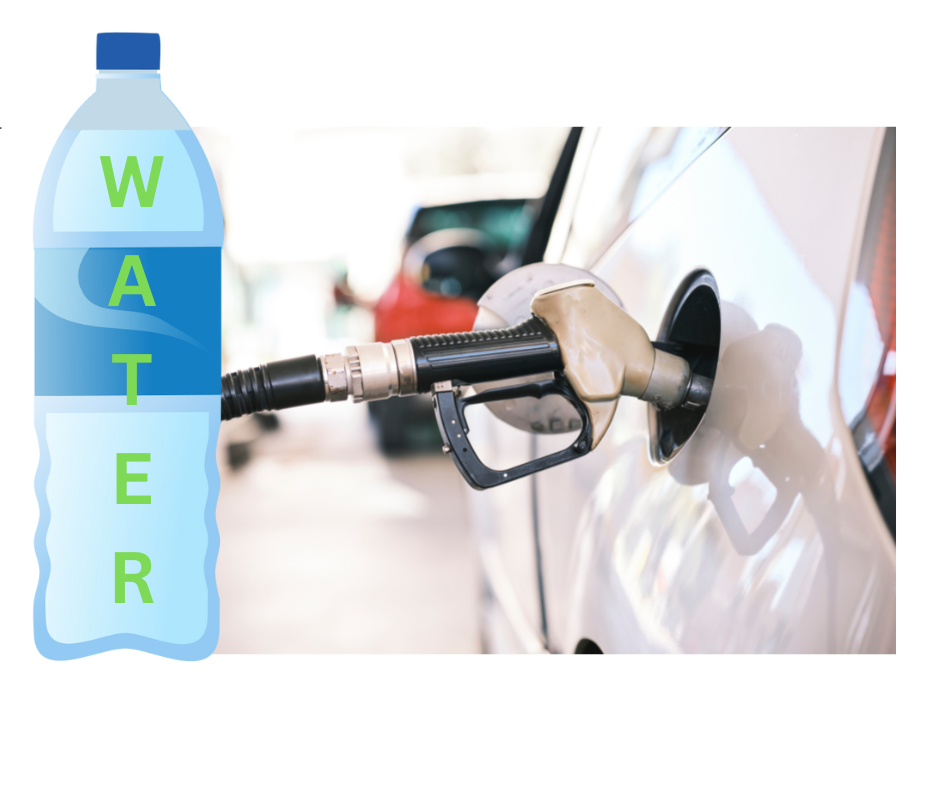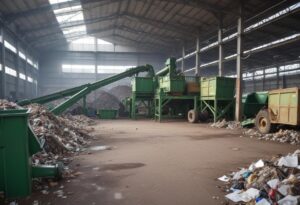Can you power a car with a Green Energy source like Water?
We have used oil to power our automobiles for more then a century. However, did you know that because oil is not a renewable resource, the world’s supply is on the verge of running out? Well, it might not happen tomorrow or next year, but the global market’s demand is bringing us closer. Why wait for that time when we can use water as a renewable energy source to power our cars today.
Can water power a car? If you believe that to be impossible, that it has already occurred but that is not yet being produced on a large scale for sale.
The world’s first hydrogen powered car was created by German automaker BMW. Even though only hundred of these cars were made, you can already picture the situation if there were more of them on the road.
The 760i model’s body is used by the first model, BMW Hydrogen 7. The engine is distinctive because it uses both gas and hydrogen under the hood.
This merely indicates that we haven’t completely broken our dependence on gas. The current 4.7 miles per gallon it can travel using only water could increase to double digits in the future given more time and money. The engine is the biggest obstacle to using water instead of oil as a green energy source in transportation. While there are fuel cell powered vehicles like the Prius on the road, hydrogen combustion is a relatively new technology, so you could argue that we are only beginning to scratch the surface. The water must be kept in a sizeable, 30 gallon double layered and highly insulated tank to prevent evaporation and prevent it from turning into compressed gas. The valves which are created to open if the pressure inside the tank exceeds 5 bars, are another safety mechanism.
BMW released the H2R, a new vehicle that is also partially powered by water, following the success of the BMW H7. Despite the fact that we are still unable to insert a garden hose inside the fuselage to fill it up, this vehicle runs on liquid nitrogen. According to tests, this car is capable of 285 horsepower and a top cruising speed of 185.5 miles per hour. Additionally, it has a 6 second 0 to 60 miles acceleration time.
However, why use water? Because hydrogen combustion is clean, unlike that of cars that run on gasoline or diesel, which emit carbon monoxide, it does not release harmful gases into the atmosphere. Studies have shown that it burns more quickly then gasoline and weighs less then fuels based on hydrocarbons.
So when will cars that run on water be available for purchase? Ideally, within the next 10 to 20 years. Since all we can do is wait until a better car arrives at the dealership, it is really upto the auto manufacturers.
The best choice we currently have is electric transportation. More people now use then when it was first introduced in 1999 because they don’t want to spend any more money on gasoline, which could again reach the all-time high of almost $ 150 per barrel. Why don’t we use solar power, which has been around much longer, in the same way that water can be used to power a car as a green energy source?





